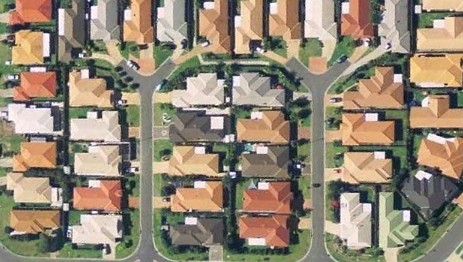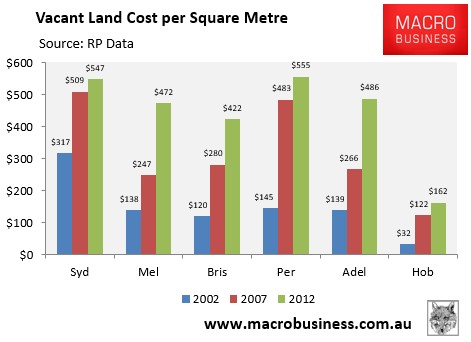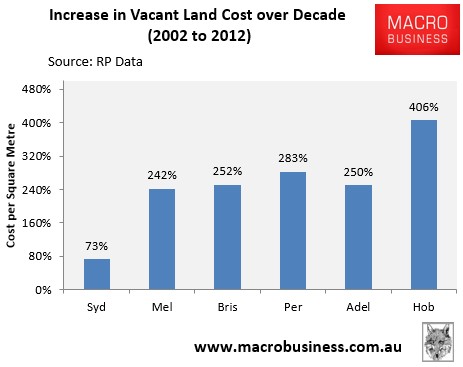
The AFR’s David Bassanese has penned a thoughtful article today on the supply-side bottlenecks that are preventing affordable housing in Australia, as well as some possible solutions:
…despite our large land mass, most Australians live along a tiny strip of land that hugs our south-eastern seaboard. Accordingly, there are only two ways to boost housing supply, neither of which is easy: live beyond this narrow strip of land or increase the population density within it.
As for the former, there does not appear enough affordable and well-serviced regions around our major urban centres to expand low-rise housing supply easily. Those who can only afford to buy far out from our cities complain of a lack of available jobs near where they live, or poor transportation links if they’re required to travel into the city for work…
The alternate option of increasing housing density within our inner suburbs gives rise to anti-development protests, and a “not in my backyard” mentality…
To my mind, it’s the high effective land content per Australian dwelling, and the embedded land price premium, that keeps our average dwelling prices relatively high.
So what to do? Assuming governments remain reluctant to spend on better transport links into existing cities, then one answer is to send the jobs out to the regions through policies that encourage industry decentralisation…
Meanwhile, another perhaps more viable short-term option is also gaining traction – increasing the residential housing supply within our central business districts.
While it is true that most Australians live along the East Coast, I disagree that overall land availability is scarce, except perhaps in Sydney where the city is hemmed in to some degree by the sea, state parks, and the Blue mountains. Moreover, none of Australia’s cities are particularly large – for example, Sydney would barely scrape into the top ten urban areas in the United States – so there is plenty of scope for our cities to expand.
The fact remains that Australia’s cities could grow both upwards and outwards. It’s only that state government planning policies favour the former over the latter, hence the erection of growth boundaries, upfront infrastructure charges, and cumbersome structured planning processes on fringe development, which have caused lot prices to explode over the past decade (see below charts).


Perversely, these constraints on fringe land supply have worked to inflate land values across the entire urban area, also making apartment development and sub-division more expensive, as well as discouraging businesses from re-locating to the fringe, increasing average commute times.
The key point is that the strangulation of supply has been caused by government policy. Prior generations received affordable housing precisely because policy was targeted at ensuring an adequate supply of land for housing, with the cost of new infrastructure repaid over generations via rates and other taxes. Today’s NIMBY and BANANA citizens, by contrast, rebel against both “sprawl” and in-fill development, inflating home prices in the process.
The obvious solution is to disband the growth boundaries, upfront development charges, and restrictive planning processes that have caused the problem in the first place, and allow people maximum housing choice: whether it be an inner city apartment, townhouse, or a detached home on the fringe.
As argued by Bassanese, decentralisation is another option, although it has been tried in the past and was largely unsuccessful. Increasing housing within CBDs is another, although with only a small minority of jobs located within the inner core, it could only ever be a bit-part solution, and in any event CBD apartments will remain expensive as long as urban land prices are inflated via growth constraints.
One thing we do know for sure is that restricting the urban footprint while NIMBYs and BANANAs oppose in-fill development and Australia’s population explodes is contradictory and mutually exclusive. Australia either needs to stop immigration or free-up supply across the housing spectrum. It’s that simple.

